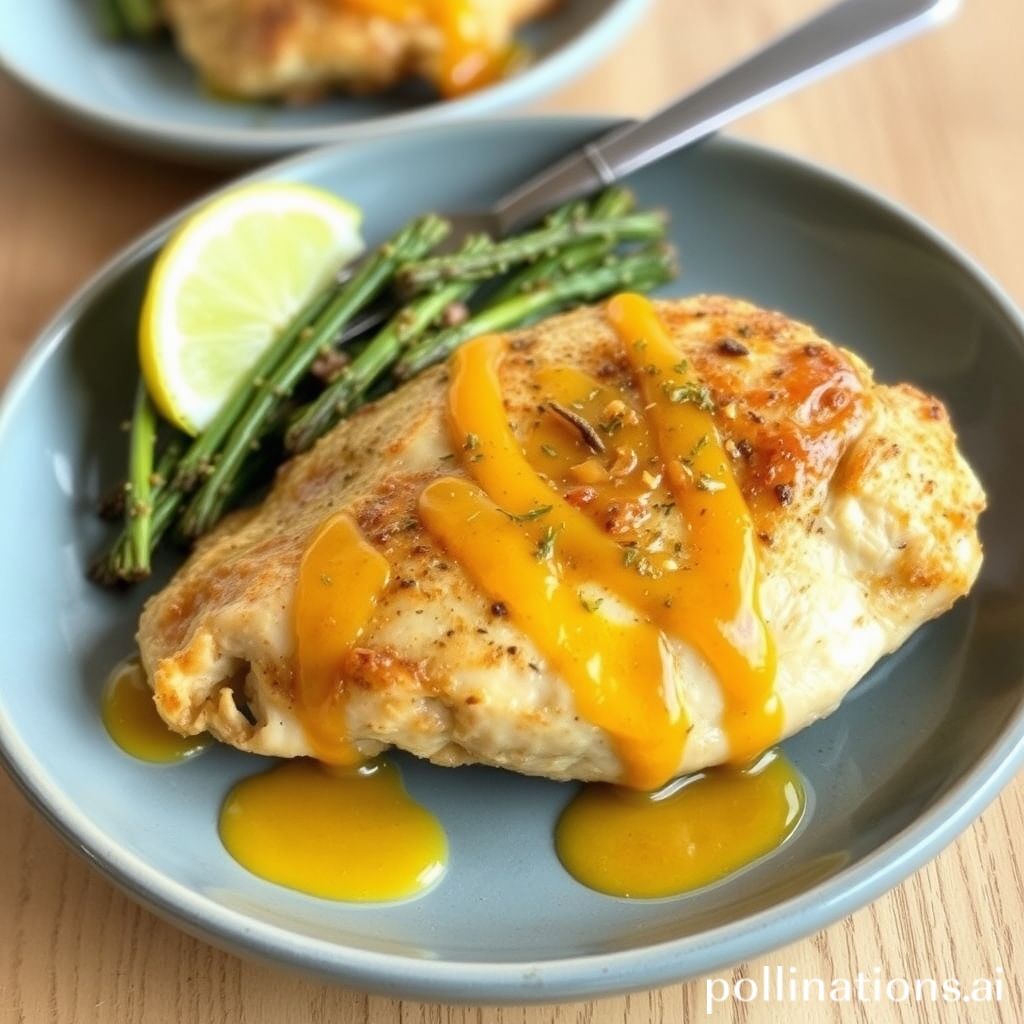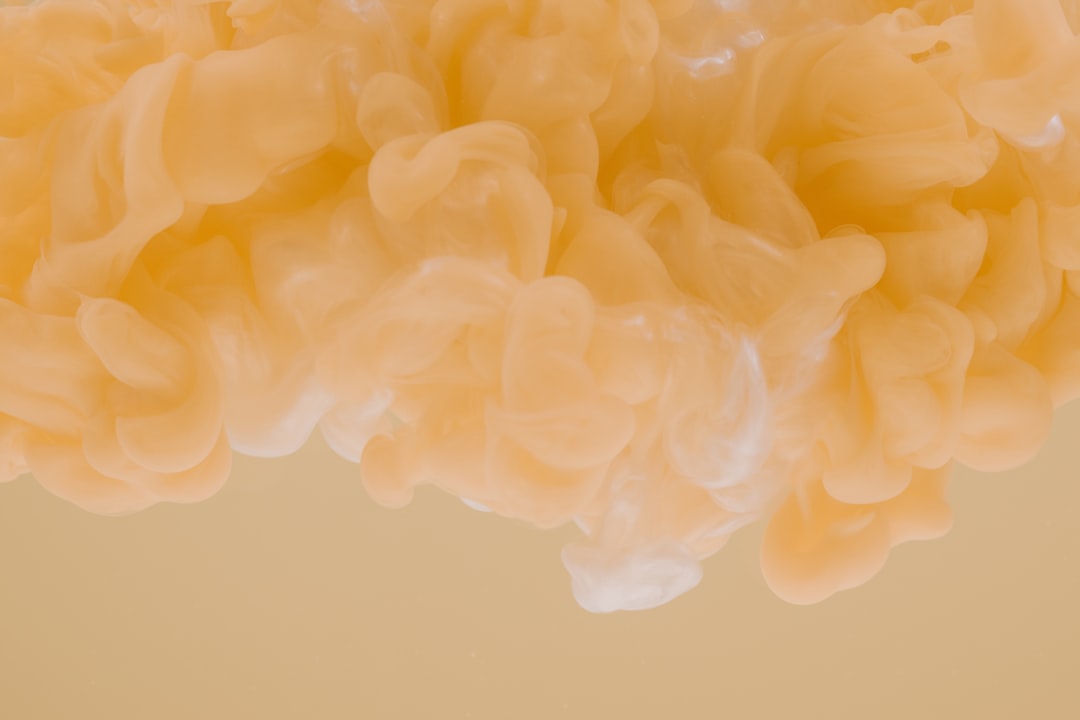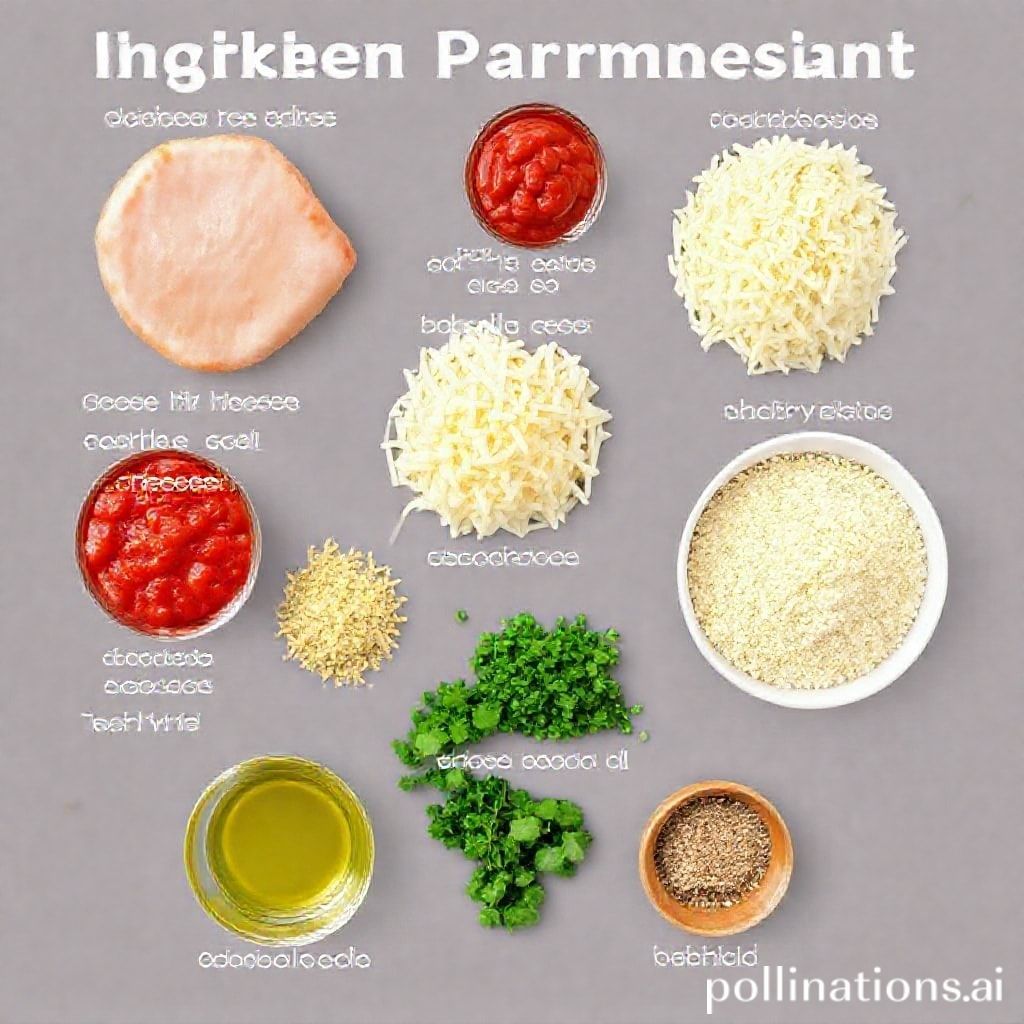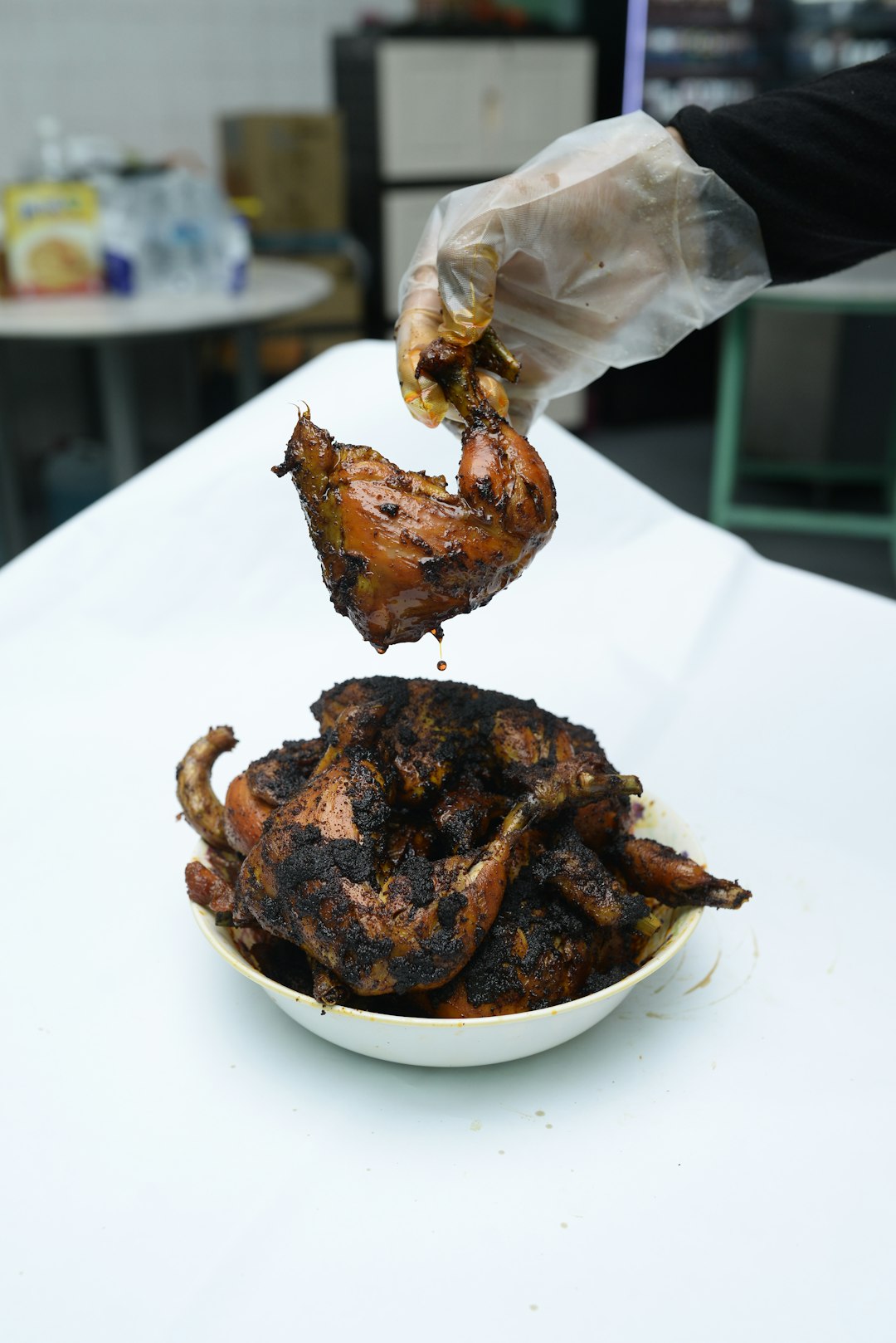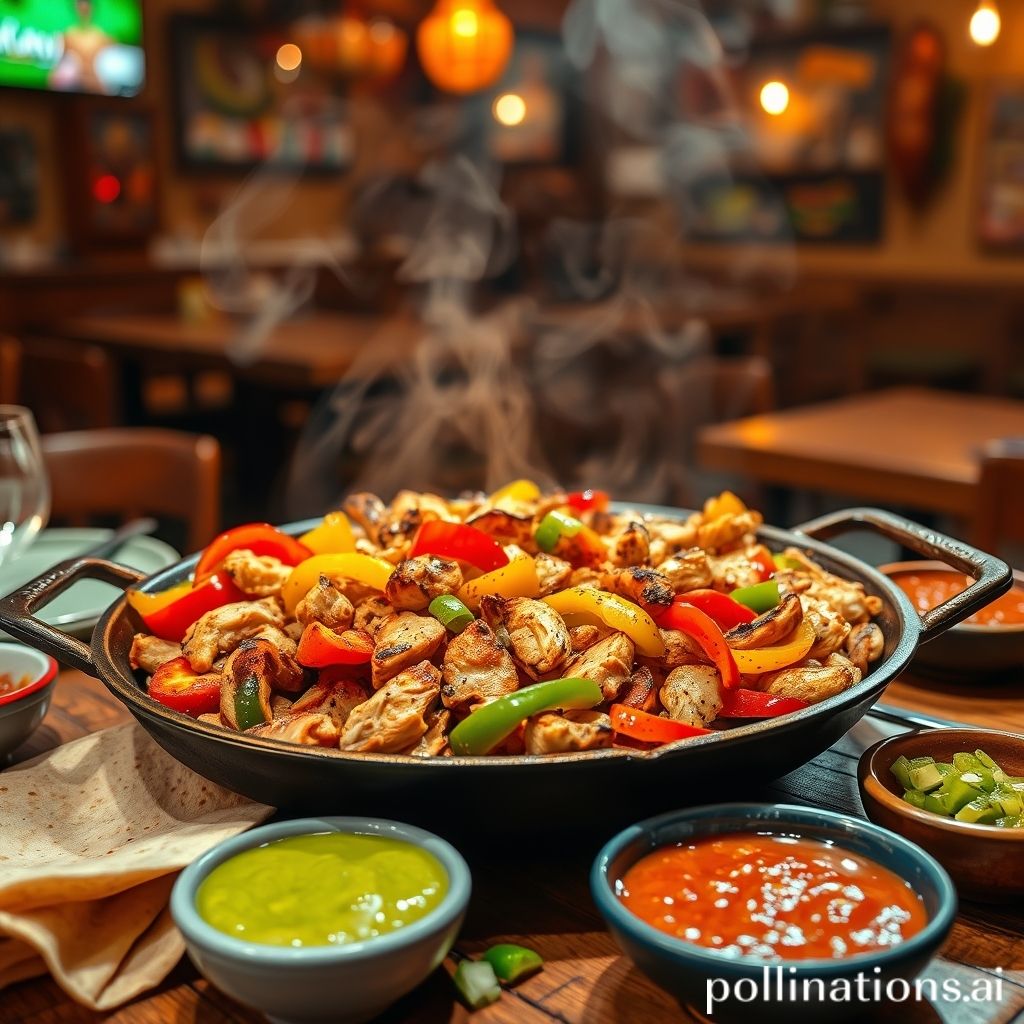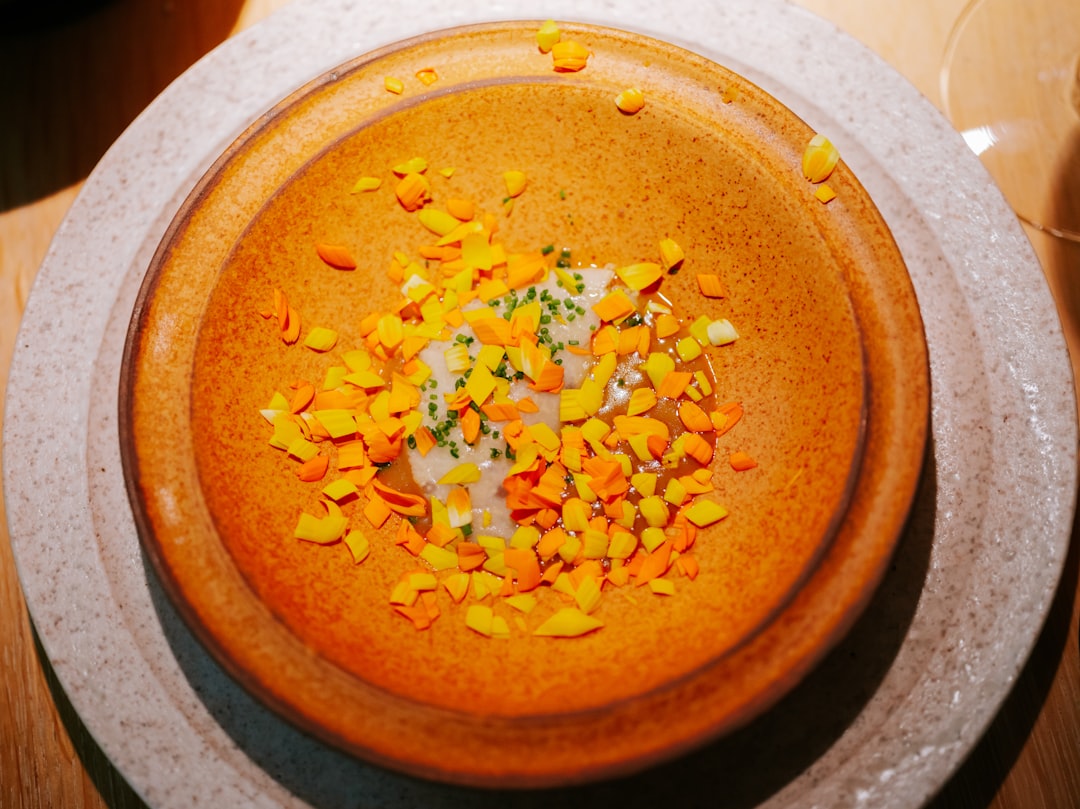Table of Contents
- Introduction
- The origins and history of chicken fajitas
- Essential ingredients for authentic chicken fajitas
- Techniques for marinating chicken to perfection
- Exploring different ways to cook chicken fajitas
- Popular variations and serving suggestions for chicken fajitas
- Conclusion
- Frequently Asked Questions
Introduction
Welcome to the sizzling world of chicken fajitas! Imagine the sound of tender chicken sizzling on a hot skillet, the aroma of smoky spices filling your kitchen, and the vibrant colors of the freshest ingredients adorning your stovetop. Preparing the perfect chicken fajita is an art, a dance of flavor and simplicity, where every component sings its own song whilst coming together in harmonious perfection.
In this culinary journey, we promise to guide you through the secrets of mastering chicken fajitas, a fiery dish that promises delight with every bite. Stay with us as we transform these simple ingredients into a feast that revels in rhythm and spice, making your taste buds dance with joyous zest.
The origins and history of chicken fajitas
The origins of chicken fajitas can be traced back to the culinary traditions of Southwestern cuisine, specifically in the region where Texas meets Mexico. The term “fajita” originally comes from the Spanish word “faja,” which means “strip” or “belt,” referring to the cut of meat used in the dish. Traditionally, fajitas were made with skirt steak, a tough cut of beef that was turned into a delectable meal by marinating and grilling. However, chicken fajitas emerged as a popular variant, appealing to those seeking a leaner protein option.
The evolution of fajitas into a beloved dish began in the 1930s, when Mexican ranch workers in Texas would receive the less desirable cuts of beef, such as skirt steak, as part of their pay. They ingeniously transformed these cuts into flavorful meals by marinating and cooking them over an open flame. Over time, the dish migrated from being a working-class meal to a staple in Tex-Mex cuisine. Chicken fajitas gained popularity in the 1980s, further cementing their status in American culinary culture. Restaurants and home cooks began to experiment with various seasonings and accompaniments, making chicken fajitas a versatile and enduring favorite cherished by many.
Essential ingredients for authentic chicken fajitas
Creating authentic chicken fajitas requires a careful selection of ingredients that bring out the vibrant flavors of this classic Mexican dish. The foundation begins with boneless, skinless chicken breasts or thighs, marinated to enhance their flavor and tenderness. Lime juice, garlic, and a blend of spices such as cumin, paprika, and chili powder are essential for a traditional marinade, providing a zesty and aromatic base.
Bell peppers and onions are crucial for achieving the characteristic fajita sizzle and provide a delightful crunch. Choose a mix of red, yellow, and green bell peppers to add both color and flavor diversity. Onions, preferably white or yellow, should be sliced thinly to caramelize beautifully alongside the peppers.
Tortillas are equally important, as they serve as the vessel for the delicious filling. Opt for soft, warm flour tortillas that will complement the flavors without overpowering them. Lastly, consider adding toppings such as fresh cilantro, avocado slices, salsa, or shredded cheese to enhance the taste and add a personal touch.
When these essential ingredients are combined, they create a delectable and authentic chicken fajita experience that is sure to satisfy any craving for Mexican cuisine.
Techniques for marinating chicken to perfection
Marinating chicken is a crucial step in preparing flavorful and juicy chicken fajitas. To achieve the best results, start by selecting your marinade base, which typically includes components like oil, acid, and seasonings. Use olive oil for its richness, and balance it with an acidic component such as lime juice or vinegar to help tenderize the meat. The acid breaks down the proteins and infuses flavors deeply into the chicken.
Next, add your seasonings. Common spices and herbs used for chicken fajitas include garlic, cumin, and chili powder. Freshly chopped cilantro and finely minced garlic can elevate your marinade, providing vibrant aroma and taste. For a touch of sweetness, consider adding a small amount of honey or brown sugar.
To ensure the chicken absorbs the marinade thoroughly, it is advisable to marinate the chicken in a sealed plastic bag or a covered dish. Refrigerate the marinated chicken for at least 30 minutes to overnight, with longer marination times imparting greater flavors. However, be mindful not to marinate for too long, as excessive acid exposure can alter the meat texture adversely.
Proper marination technique will result in savory and tender chicken that enhances any fajita dish.
Exploring different ways to cook chicken fajitas
Chicken fajitas are a versatile and flavorful dish that can be prepared in numerous ways to suit different culinary preferences. Traditionally cooked on a sizzling skillet, this method is popular for its ability to impart a lovely char and deep flavor to the ingredients. Simply sauté the chicken strips with onions and bell peppers until everything is cooked to perfection, then serve hot.
Alternatively, the grill is another great option for cooking chicken fajitas. Grilling lends a smoky edge to the chicken and vegetables, enhancing their natural flavors. Just marinate the chicken beforehand for added taste, then grill alongside fresh vegetables for a healthy take on this classic dish.
For those who prefer a hands-off approach, using a slow cooker or Instant Pot can be a game-changer. This method allows the flavors to meld beautifully over time, producing tender and juicy results. Simply combine all ingredients, set the right temperature, and let the appliance do the work for you. Each method offers its own unique taste and texture, making chicken fajitas a customizable meal that caters to various cooking styles and tastes.
Popular variations and serving suggestions for chicken fajitas
Chicken fajitas have become a staple in many households thanks to their versatility and vibrant flavors. A popular variation includes marinating chicken in lime juice, garlic, cumin, and paprika for an extra depth of taste. For those seeking a healthier option, consider using Greek yogurt as a marinade base, adding a creamy texture without the calories.
Vegetables are essential in fajitas and can be varied to suit individual preferences. Popular choices include bell peppers and onions, but you can also add mushrooms, zucchini, or broccoli for added nutrition and flavor.
Serving suggestions are equally diverse. Traditionally, chicken fajitas are served with warm flour tortillas, allowing everyone to customize their wraps. For a low-carb alternative, consider serving them over a bed of lettuce or in a lettuce wrap. Accompaniments like guacamole, salsa, sour cream, and shredded cheese can enhance the dish. For a gourmet touch, sprinkle some fresh cilantro and a squirt of lime juice just before serving. Pairing with a side of rice or beans can also transform it from a simple meal into a hearty feast. Whether you stick to classic recipes or create your own variation, chicken fajitas are sure to satisfy.
Conclusion
In mastering the art of perfect chicken fajitas, you’ve embarked on a savory journey that celebrates the rich traditions of Tex-Mex cuisine fused with modern flavors. By carefully selecting authentic ingredients, perfecting marination techniques, and exploring versatile cooking methods, you ensure a dish that resonates with both culinary heritage and personal flair. As chicken fajitas continue to evolve with popular variations and dynamic serving suggestions, the opportunity to create a meal that fits any occasion is at your fingertips. For those passionate about discovering even more ways to elevate their chicken dishes, The Chicken Bible: Say Goodbye to Boring Chicken with 500 Recipes for Easy Dinners, Braises, Wings, Stir-Fries, and So Much More is a must-have in your culinary library. Immerse yourself in a world where chicken shines in every conceivable way, turning ordinary meals into extraordinary experiences. Let this book guide you to new culinary heights, inspiring creativity and delicious results in your kitchen.


